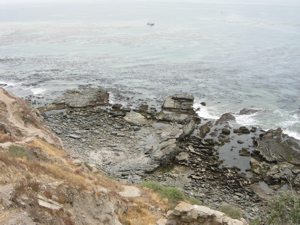
View of Pt. Fermin intertidal
| 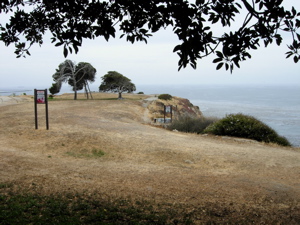
Area closed due to unstable cliffs
| 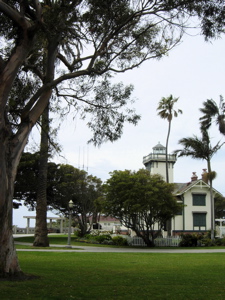
Pt. Fermin Park
|

-
| 
-
| 
Brown pelicans
|

I hiked down on the Pt. Fermin (in background) side of White Pt., near Royal Palms State Park
| 
My goal was to search for large Lottia conus specimens
| 
Lottia scabra
|
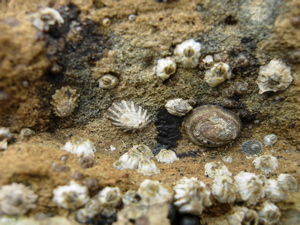
The limpet with white ribs might be L. conus, not L. scabra, as I would have expected.
| 
I thought L. conus was always small, like some of the ones here with distinctive thin white ribs (note - scale bars have been recorded for many of the following images but have not been added yet).
| 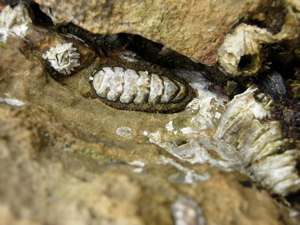
Nuttallina fluxa
|
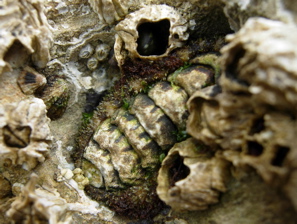
N. fluxa
| 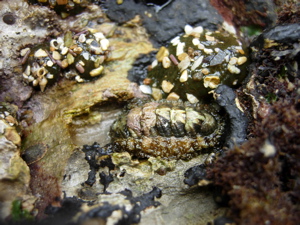
N. fluxa
| 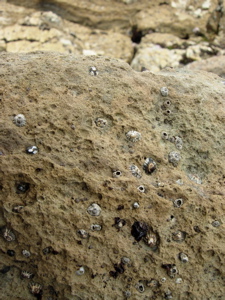
-
|
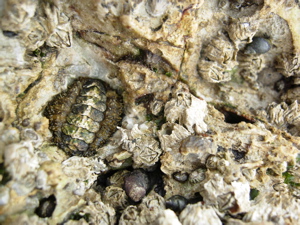
N. fluxa
| 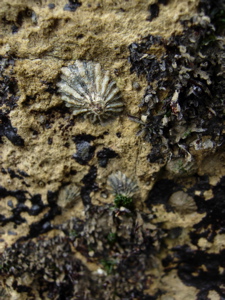
L. scabra
| 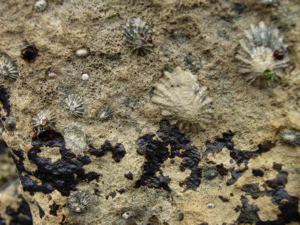
L. scabra: three largest limpets in the upper right, and I think also the next four largest limpets on the left. I would guess the tiny whitish limpet above these four might be the distinct species I have been calling L. conus.
|

-
| 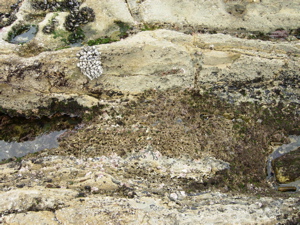
-
| 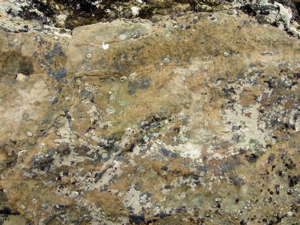
-
|

Lottia gigantea farmed territory, with radular scrapings
| 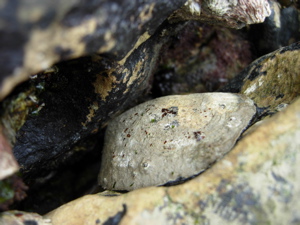
The large L. gigantea whose territory was apparent in the previous image
| 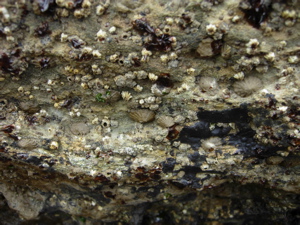
-
|
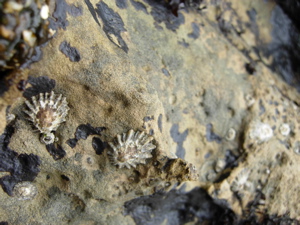
-
| 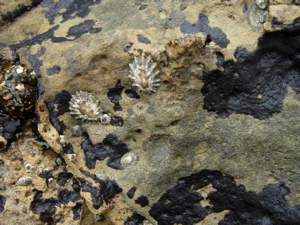
-
| 
-
|
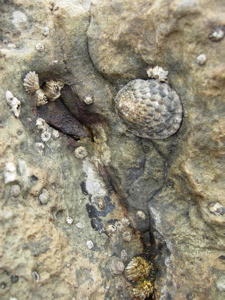
Juvenile Lottia gigantea
| 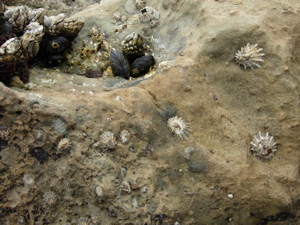
-
| 
All the large "rough" limpets looked like L. scabra, not L. conus, to me.
|

-
| 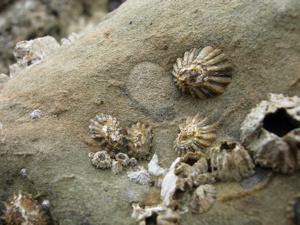
-
| 
Nuttallina fluxa
|
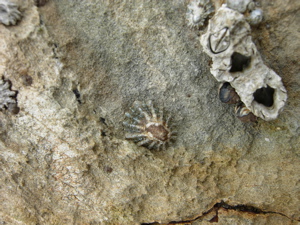
-
| 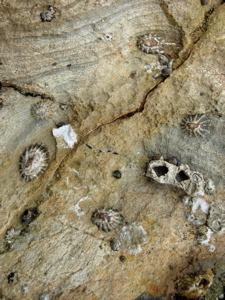
-
| 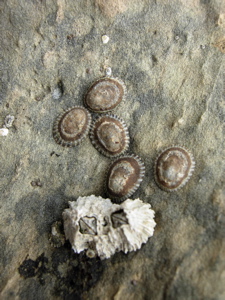
L. "strigatella" is soon to be described as a northern relative of L. strigatella by Hewson & Eernisse, MS (Bill Hewson completed his Masters thesis with me studying this limpet).
|

-
| 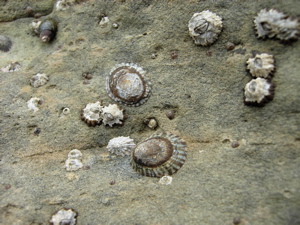
-
| 
-
|
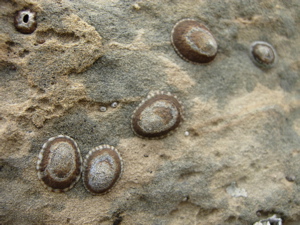
-
| 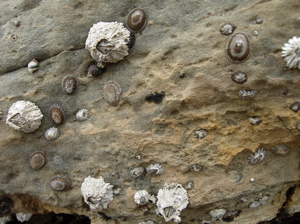
-
| 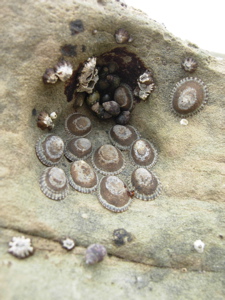
-
|
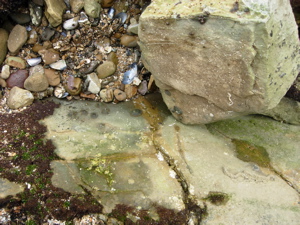
Lottia limatula were hidden under this rock
| 
L. limatula
| 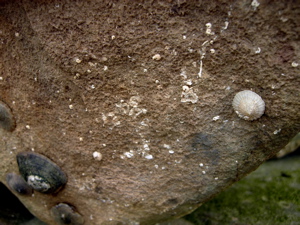
This round white limpet on the right is a pulmonate suspension feeder, Trimusculus reticulatus
|

-
| 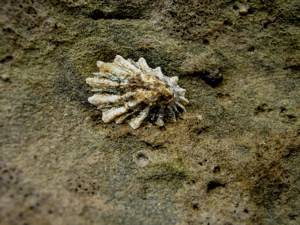
-
| 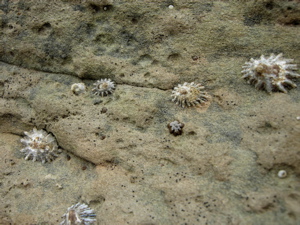
These might be L. conus |
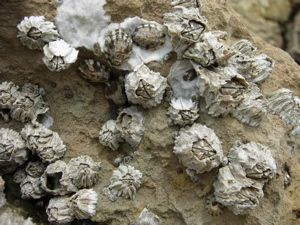
Lottia austrodigitalis
| 
Anthopleura sola
| 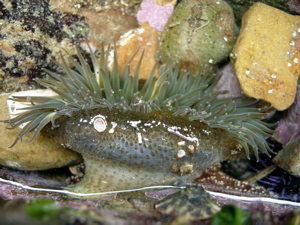
-
|
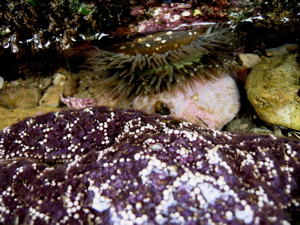
-
| 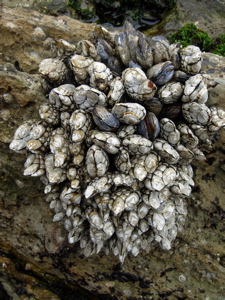
Pollicipes polymerus
| 
Lottia austrodigitalis barnacle morph
|

Are these L. conus, L. scabra, or a mixture of the two? I hope to answer this question soon.
| 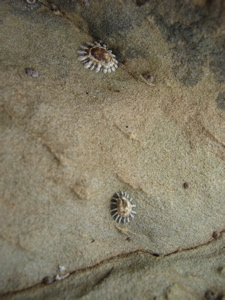
My conclusions from this visit will be presented at the upcoming Western Society of Malacologists meeting in Fullerton
- see here | 
Pachygrapsus crassipes
|
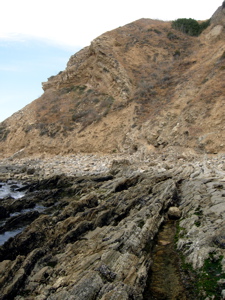
-
| 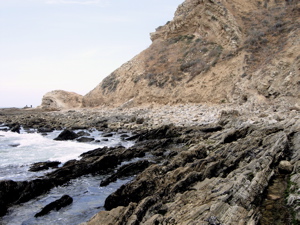
-
| 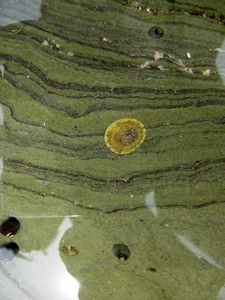
The small green limpets are uneroded Lottia sp. Hewson & Eernisse, MS (see above)
|
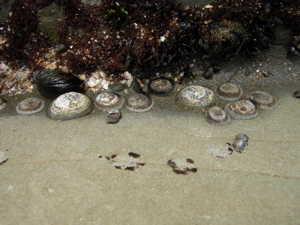
Larger Lottia sp., except the largest two here are L. limatula instead (confirmed in field)
| 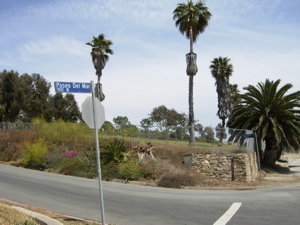
I stopped for a minute to scout another beach trail nearer to Pt. Fermin, the type locality of L. conus. This is an easier access (W. Paseo Del Mar and Roxbury St., San Pedro, CA 90731)
| 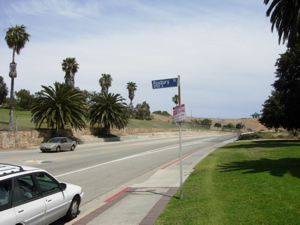
Parking is available along the street - map here
|
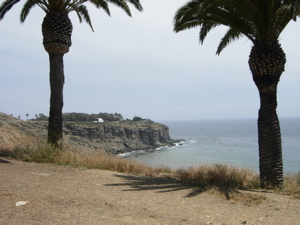
-
| 
-
| 
The easy trail to the beach
|
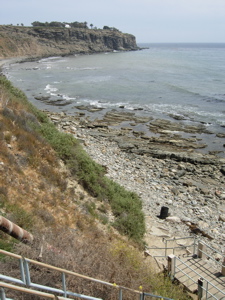
Pt. Fermin is in the background
| 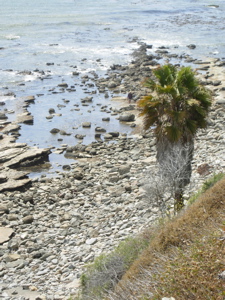
-
| 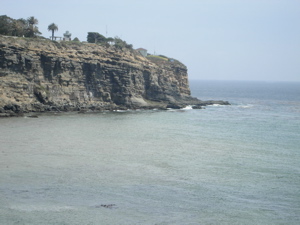
Unfortunately, the tide was more high than low
|
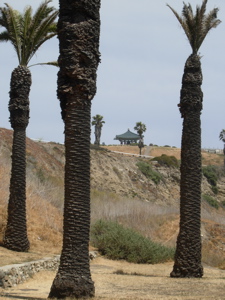
I drove to a nearby trail to the Korean bell monument on a nearby hill
| 
I noticed dense land snails on the grass along the trail from W. Paseo Del Mar
| 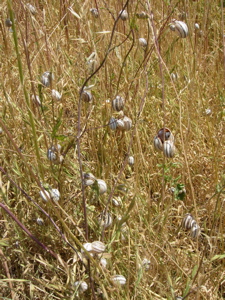
-
|

Land snail expert, Dr. Tim Pearse, from the Carnegie Museum of Natural History, has identified these as a European invasive, Otala lactea, although it is possible that they might be O. punctata instead [see Kerney, M. P., R. A. D. Cameron & J. H. Jungbluth, 1983. Die Landschnecken Nord- und Mitteleuropas. Verlag Paul Parey, Hamburg.]
| 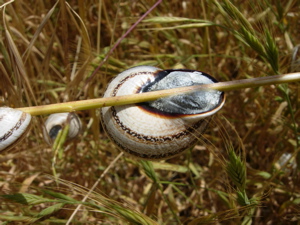
Otala lactea (Helicidae) is also known as the milk snail or Spanish snail. It is a widespread invasive species within the U.S. It is edible and (according to Wikipedia) its archaeological recovery from Volubilis, a 3rd century B.C. Roman town in North Africa, indicates that humans have long exploited it for food.
| 
Korean Bell of Friendship monument
- see here
|

-
| 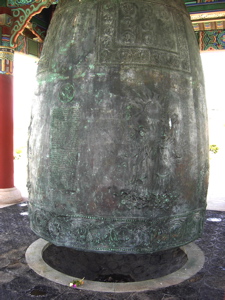
-
| 
-
|

-
| 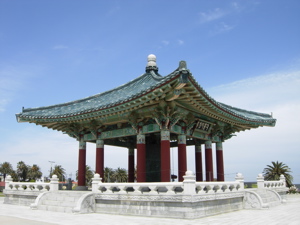
I recognized that this was very similar design to the much more extensive National Palace in Seoul, S. Korea, which I was fortunate to have visited in June, 2007
| 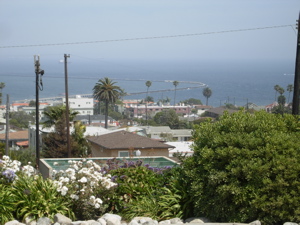
The San Pedro breakwater in the distance
|
 Under Construction!
Under Construction! Under Construction!
Under Construction!